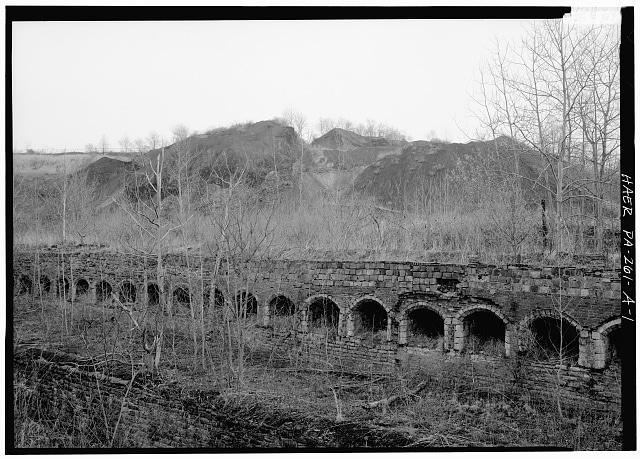Haunted Greene County
The far southwestern corner of Pennsylvania looks on the surface to be a pleasant rolling, river-cut landscape carpeted with vegetation and trees. But underneath is a bloody history and a supernatural reality brimming with ghosts, aliens, and unknown creatures.










